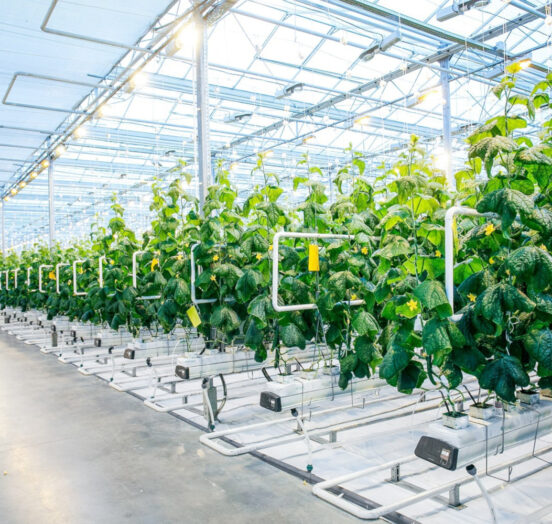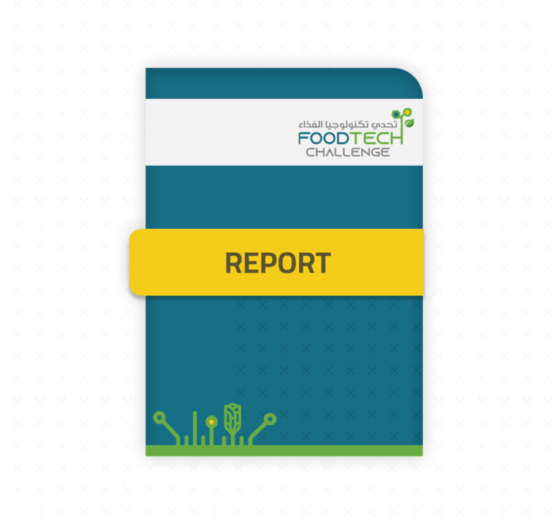Join us in rethinking food for the future
Advance your start-up in the UAE
View Here
Advance your start-up in the UAE

The FoodTech Challenge awards offer financial and in-kind prizes to ensure our winners have the support they need to have a soft landing in the UAE agri-tech ecosystem.
The winners of this year’s FoodTech Challenge will have the opportunity to access a $2M award pool consisting of a cash prize, startup incentives, acceleration services, innovation grants, localization support, mentorship programs and more.
667 teams from 79 countries applied to this year’s FoodTech Challenge, with 30 teams shortlisted. Following this, 12 finalist teams were selected and invited to compete in a finale event in the UAE where Aquagrain, Orbisk, Revoltech and Sustainable Planet emerged as the four winners!





In 2020, the FoodTech Challenge teamed up with Accenture as the competition’s Knowledge Partner to produce a report on advancing food security through technology and innovation.

“The FoodTech Challenge is an exciting opportunity for entrepreneurs to develop food systems for the UAE that are nourishing and equitable, and can help solve the climate crisis. I was so excited to see the innovation during the first challenge and look forward to this year’s submissions!”

“The FoodTech Challenge was huge for us in terms of building our company profile in the UAE, increasing external exposure overall, and developing a pipeline for business development. The process had more depth than other competitions we’ve participated in previously.”